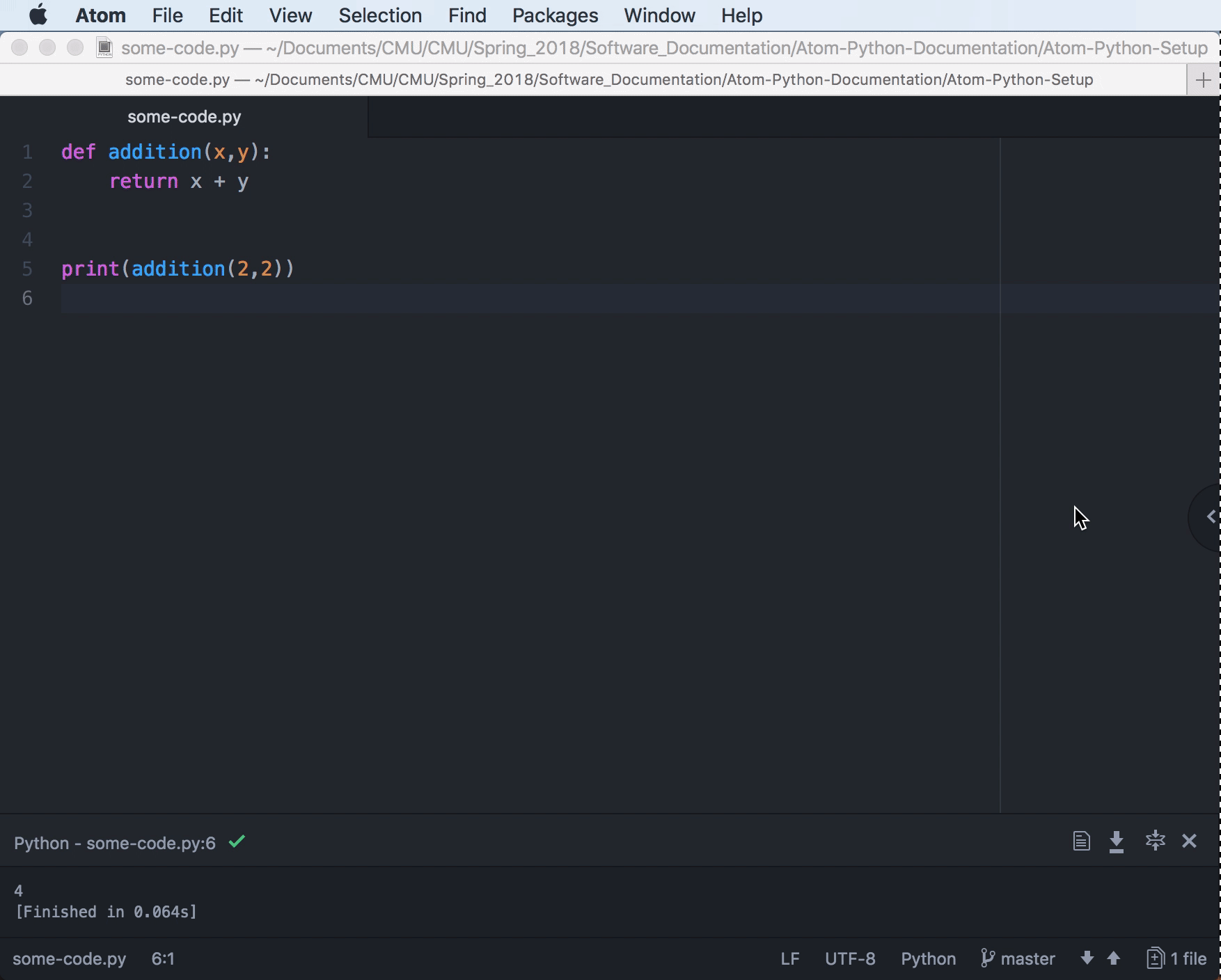

Packages: Sublime Text comes with a fully-featured package manager that helps the programmer to discover, install, update, and remove packages for Sublime Text. I like the features mentioned in this post about Sublime Text. Like others, I use Sublime for my Python work. This seems to go hand in hand with Sublime Text’s slogan: The text editor you’ll fall in love with.

The charts below tell the tale:įrom the figures above, we can see Sublime Text rules as the favorite Python editor from the sample I have interviewed. Sublime Text was by far the most preferred editor, used by 45% of the interviewees. I spoke to 100 Pythonists, who brought up the following editors (presented here in order of popularity): I’ll start by discussing the most popular editors, then take a look at the advantages (and disadvantages) of the winner, before moving on to looking at how to install it onto your system. My hope is that it’ll serve as a guide for newcomers to Python, or even for those already working with Python. This will show which editors are used by the most Pythonists, and from there we can try to work out why. This feeling inspired me to interview Pythonists about their favorite Python editor. You recoil in fear… what if you make the wrong choice? “Use vim!” “Use Emacs!” “Use Sublime Text!” You’re faced with tons of editors out there, each with a community trying to get you attracted to using that editor. So yes, you have many exciting things waiting for you.īut one of the first things you’ll need to do is pick an editor you’ll use to write your Python program.


And you can’t go wrong with a language named after Monty Python! So, you’ve decided to learn Python? Great! Python is a really interesting programming language, that has been described as a descendent of ABC that appeals to Unix/C developers. Not into Python? Prefer Ruby instead? Here are the most popular editors and IDEs for Rubyists.


 0 kommentar(er)
0 kommentar(er)
